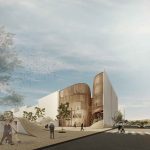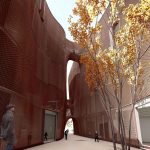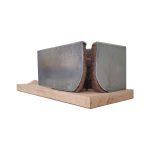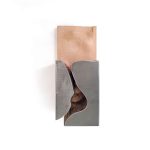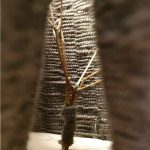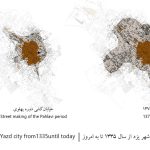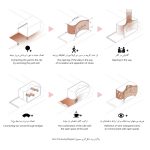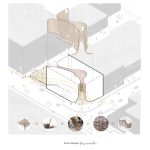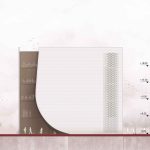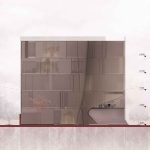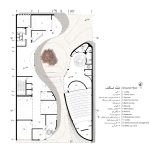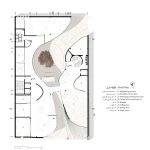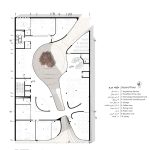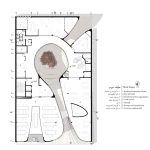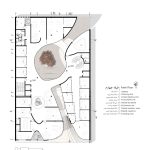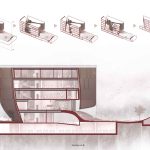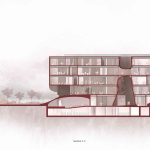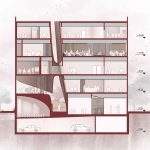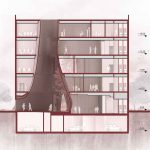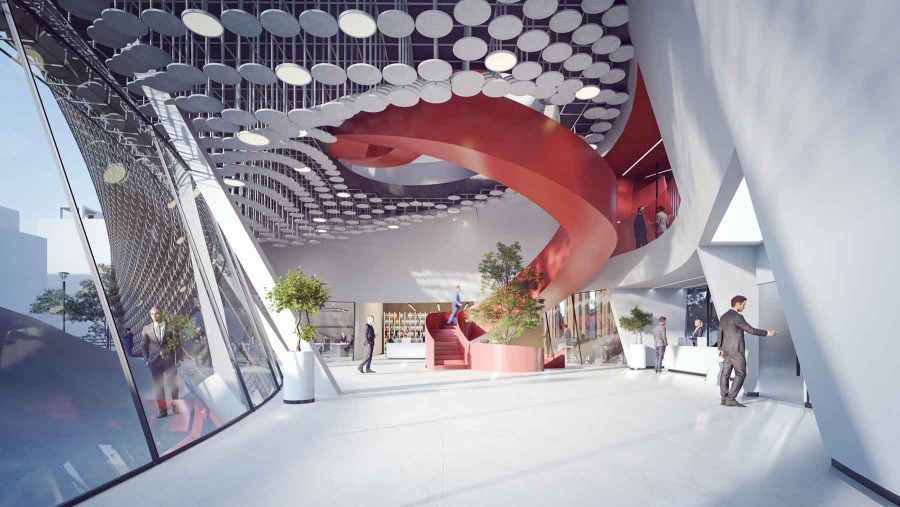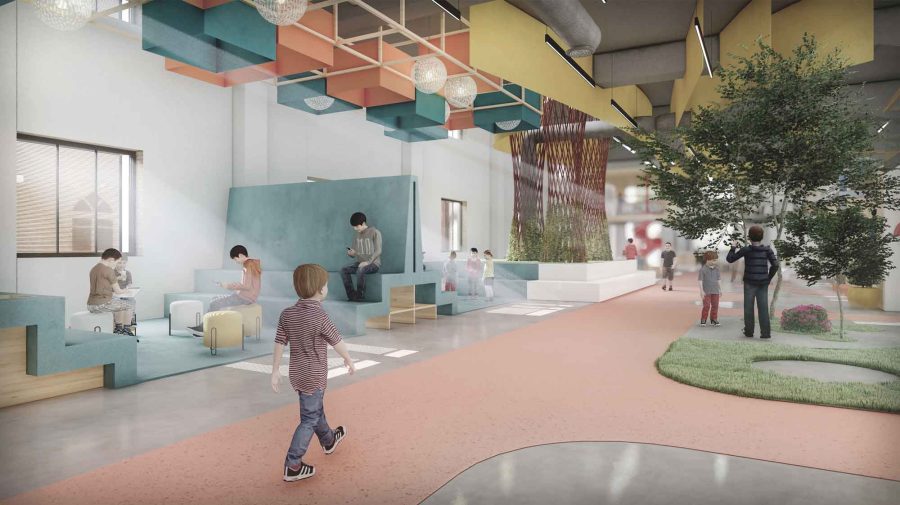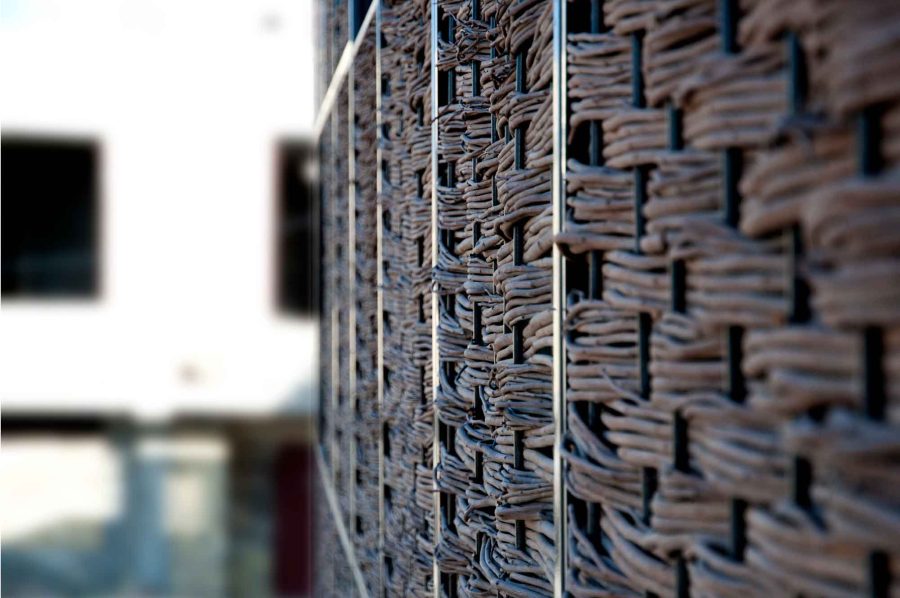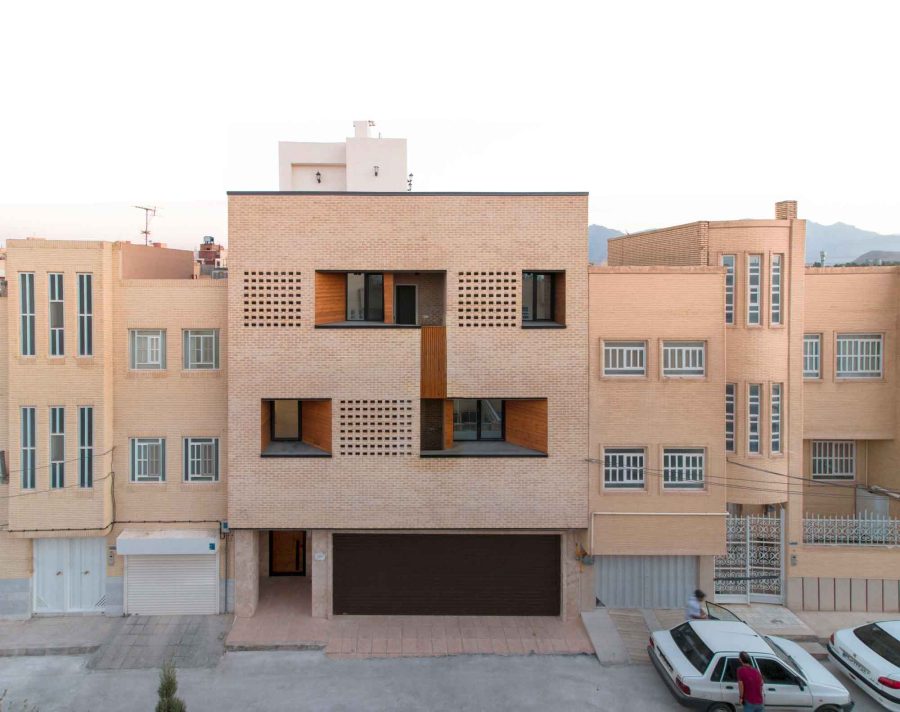By observing the city of Yazd in the last few decades, we find that the lovely Yazd that we all know is surrounded by an unknown and anonymous city. These two cities, one of which is the product of thousands of years of habitation and the other of the last five decades, are so opposed to each other, as if an invisible wall has been erected between them. It seems that in the structure of the modern city of Yazd, a link between the past and the present has been lost.

Today, in some areas of Yazd city, a clear border between the old and the new texture can be seen. This border has been shifting in parts and is expanding in favor of the new city. In the macro view, the building of Yazd construction engineering organization is more than a normal office, as an urban building, it plays the role of a connecting link and a home for the province’s building engineers.
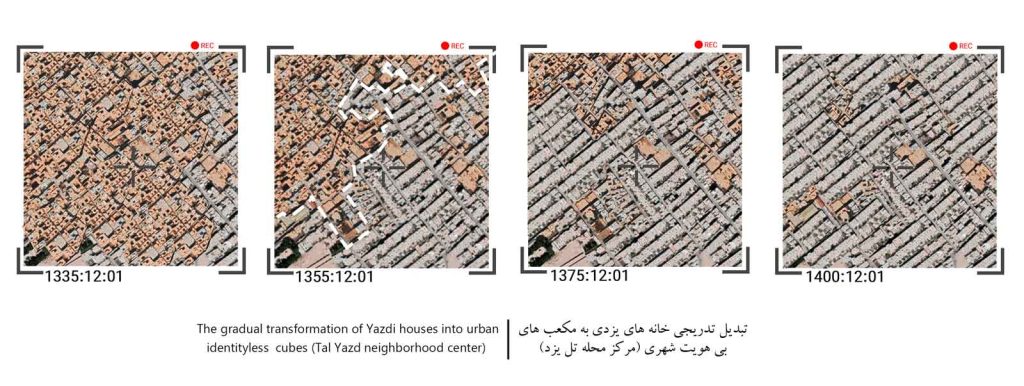
Yazd construction engineering building has also redefined the border between the city and the building with the slogan “interaction, transparency, life” so that while increasing the efficiency of the office, the clients can demand their rights with full knowledge of the current affairs and communicate with each other in an open space to talk. In this project, Judas tree twig has been used for the semi-transparent shell of the internal walls, in order to provide the existing functions and help to revive this forgotten art. Also, by avoiding the objective use of the past elements of Yazd architecture, which belonged to their own period, we have tried to build a building suitable for our “now” by taking the help of the concepts and associations in the context.
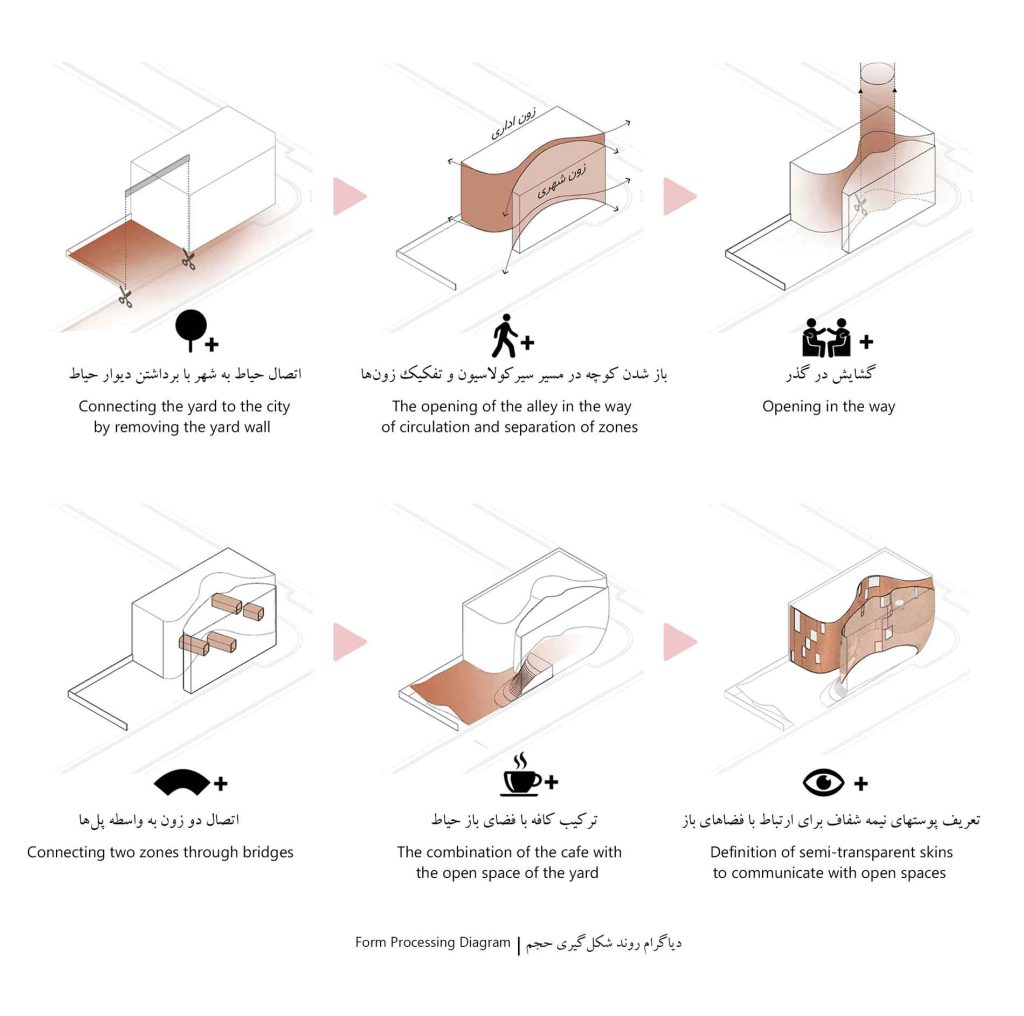
As one of the oldest handicrafts of the people of Yazd, wickerwork has been a side job and a part of their free time hobbies. Due to the presence of palm groves in Bafaq and Ardakan cities, this job has been popular in parallel with the agricultural job in these areas. Even though this activity has become less popular, it is more or less popular, especially among women. wickerwork consists of six stages, which are picking leaves, soaking, separating the leaves from the branches, dyeing, mat weaving and finishing steps. Sometimes, instead of using palm tree, Judas tree is used for mat weaving, which is different in terms of color, material and flexibility. In this project, Judas tree twig is used for the semi-transparent shell of the internal walls. To provide the existing functions and help to revive this forgotten art.
Project Gallery

